Description
Characteristics
No Reviews
Description
Summary
Based on ultra low power design, we launched LoRa Node 151, adopting the STM32L151CCU6 MCU (support DFU mode) and SX127x LoRa chip, use 1/2 AA Lithium chlorine sulfite battery. Enter low power mode under the standard LoRaWAN protocol, the Deep Sleep Current ≤ 1.8uA.
Main Features
- CE Certificate;
- Microprocessor: STM32L151CBU6 (Ultra-low-power ARM Cortex-M3 MCU with 128 Kbytes Flash), with LoRa node chip SX1278 (433MHz ~ 510MHz);
- Onboard user resources available: 256 Kbytes of Flash memory with ECC; 32 Kbytes of RAM; 8 Kbytes of true EEPROM with ECC; 128-byte backup register.
- Micro USB interface with a complete voltage regulator, ESD protection, short circuit protection, and other protection measures;
- 1/2 AA battery shell, use 1/2 AA Lithium chlorine sulfite battery (this battery can’t charge, but onboard USB / battery power automatic switching allows connect USB when the battery is assembled);
- Reserve SMA antenna interface for LoRa use
- Download the firmware via DFU or ST-LINK;
- Provide complete LoRaWAN(ClassA/C) source code(support ABP and OTAA);
- With good RF circuit design and basic low-power design (sleep current: 1.8uA), it is convenient for IoT application vendors to quickly verify solutions and deploy applications;
Specifications
| Parameters | Description | Master Chip | STM32L151CBU6(Ultra-low-power 32-bit MCU ARM®-based Cortex®-M3) |
|---|---|
| LoRa Chipset | SX1278/SX1276 |
| Frequency | 470~510MHz, 863~928MHz |
| Max. TX Power | 19 ± 1dBm |
| Max. Receiving sensitivity | -135dBm |
| Operating temperature | -20 ~ 70 ℃ |
| Dimensions | 56.6 x 24 x 20 mm |
| Interface | Micro USB x 1; LoRa Antenna interface(SMA) x 1; 16 x 2.54 pin x 2 + 2 x 2.54 pin x 2 |
| Hardware Resource | USART x 3; SPI x 2; I2C x 2; I2S x 2; 12-bits ADC input x 25; 12-bits DAC output x 2; GPIO x 29 |
| Memory | 256KB internal FLASH; 32KB internal SRAM |
| Battery | 1/2AA Lithium |
| Low Power | Deep Sleep 6uA |
Description
Easy config
Step. 1
Step. 2
Step. 3
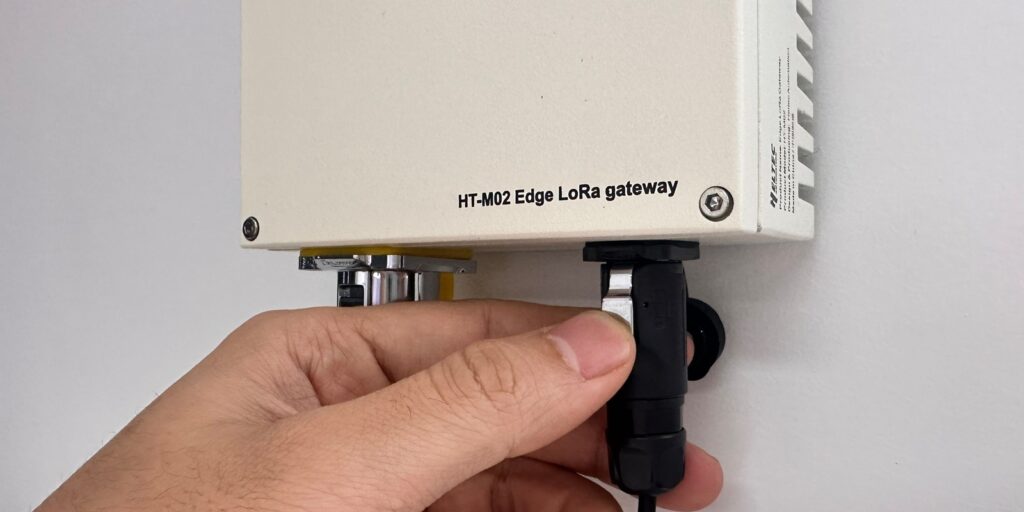
Power ON device
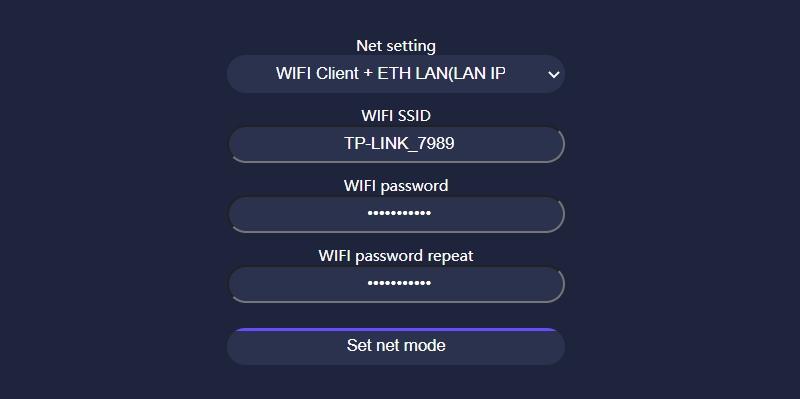
Config network
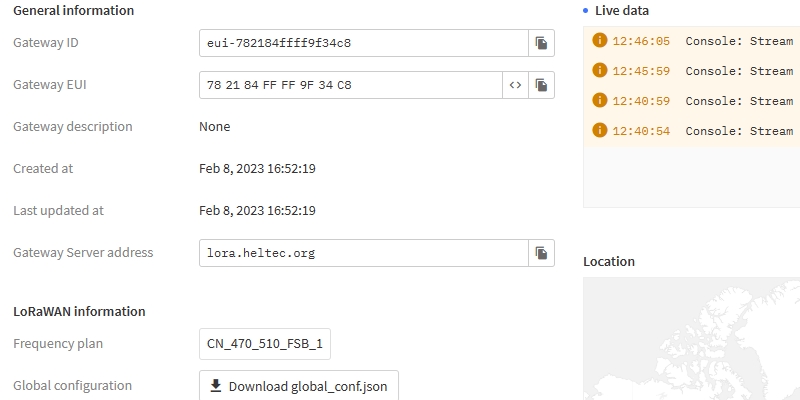
Connect to a LoRaWAN anetwork server
For more detailed configuration methods, please refer to the HRI-485x series Quick Start documentation.
High light
Edge computing ability
The A55 CPU of HT-M02 can provide sufficient computing power and can directly install LoRa Network Servers such as TTS and ChirpStack on it, serving as a hub for LAN IoT solutions.
FAQ
All HRI-485X series can upgrade firmware via OTA.
No, the WiFi function only used for OTA upgrade.
Docs & Resource
- [Resource] — Schematic diagram
- [Resource] —Downloadable Resource
Packing list
The default packing list without selecting any accessories is as follows:
| Item | Quantity |
|---|---|
| LoRa Node 151 | x1 |
| Glue Rod Antenna | x1 |
| pin map sticker | x1 |
Characteristics
| Weight | 40 g |
|---|---|
| Dimensions | 8 × 6 × 3.5 cm |
| LoRa Band | 433MHz, 470~510MHz, 863~870MHz, 902~928MHz |
No Reviews
Be the first to review “LoRa Node 151”
You must be logged in to post a review.
LoRa Node 151
What's this?
Based on ultra low power design, we launched LoRa Node 151, adopting the STM32L151CCU6 MCU (support DFU mode) and SX127x LoRa chip, use 1/2 AA Lithium chlorine sulfite battery.
$16.80

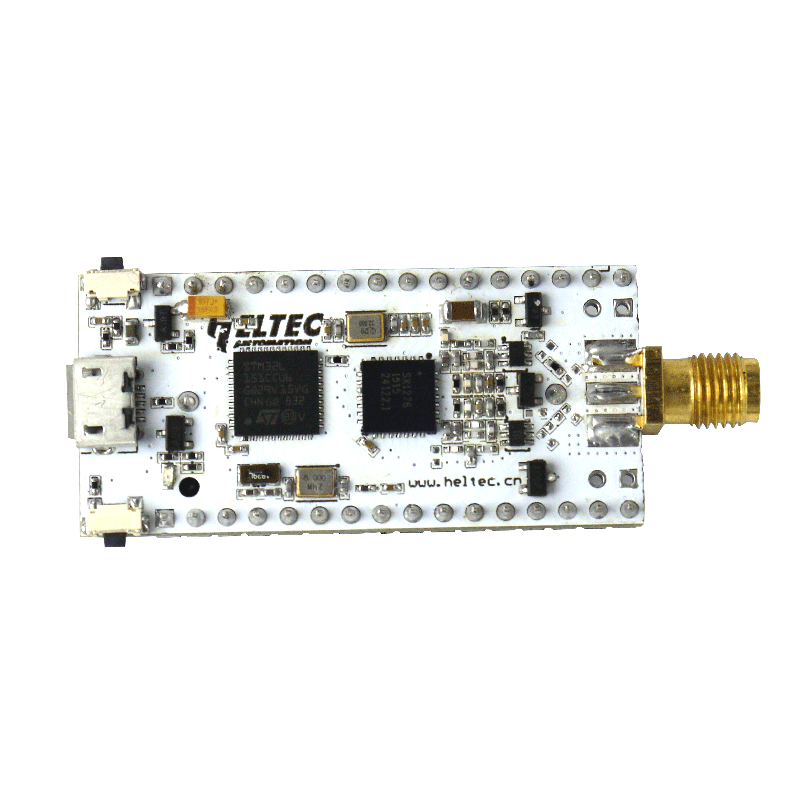
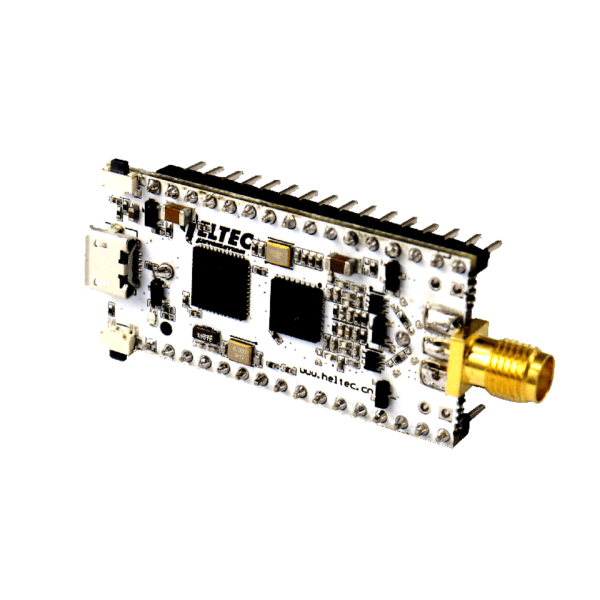
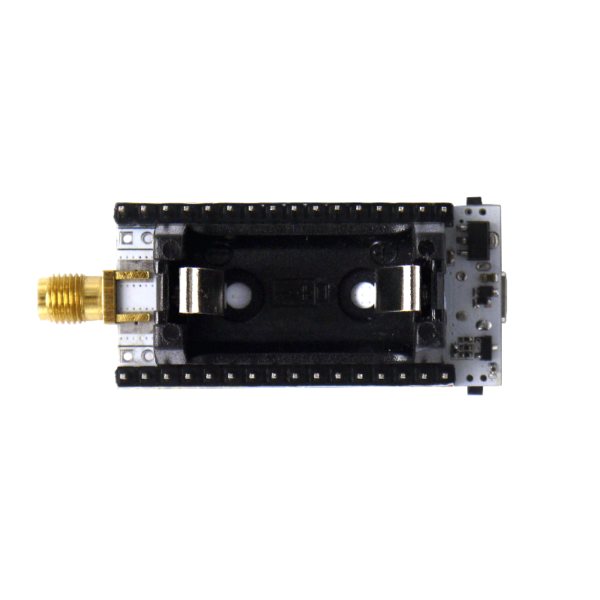
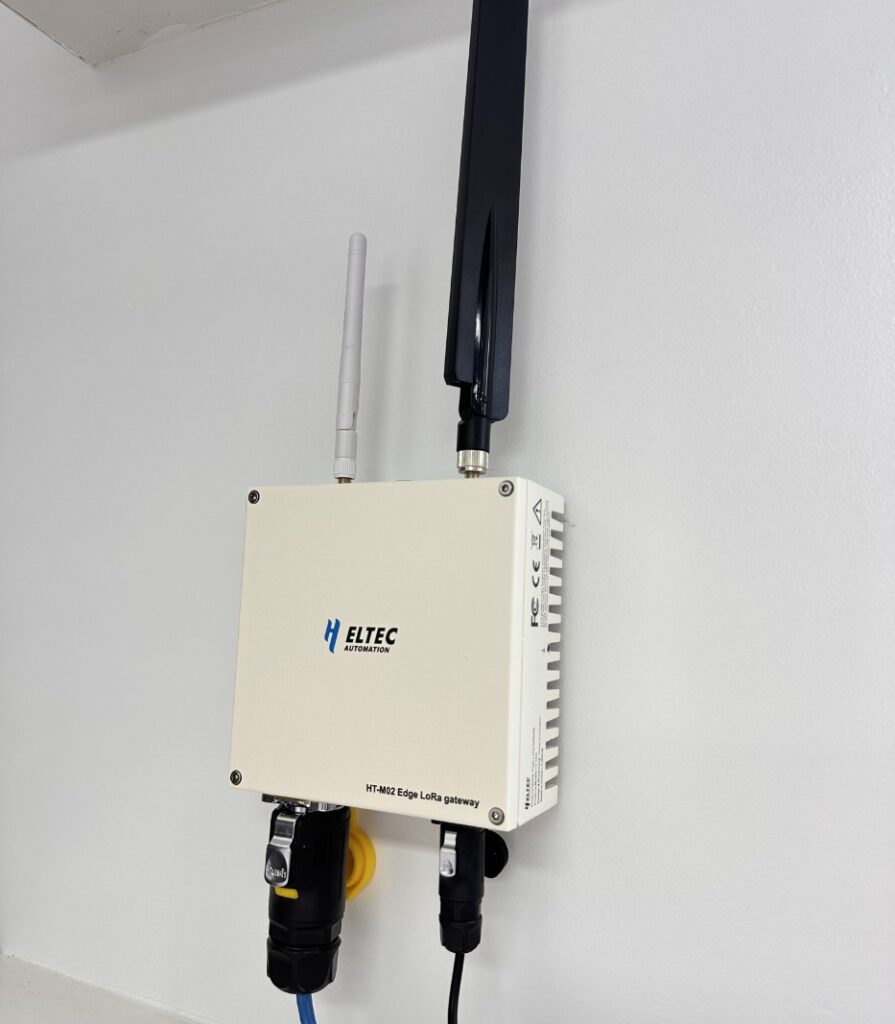
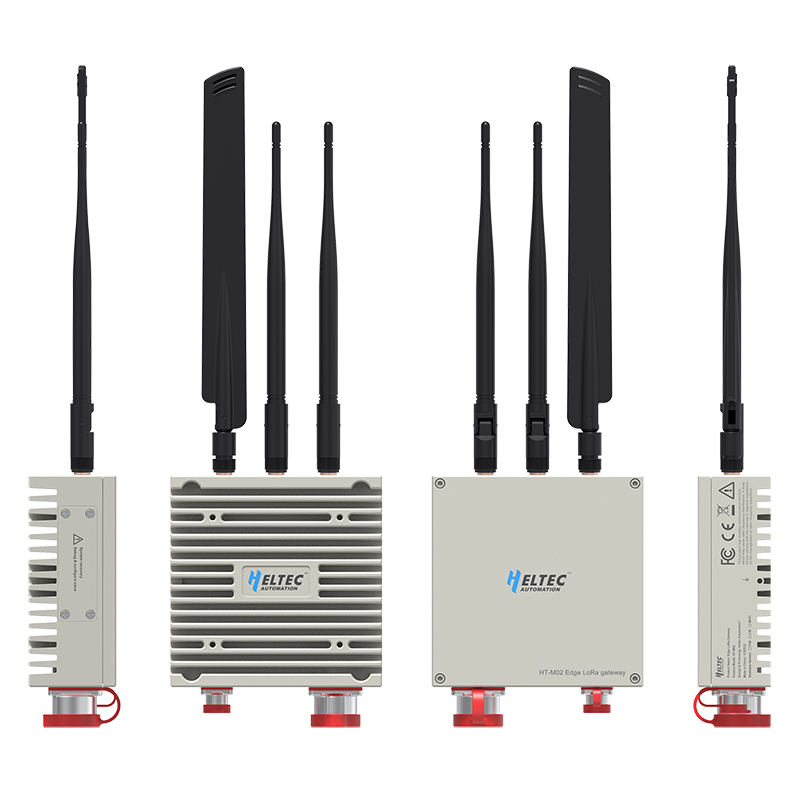
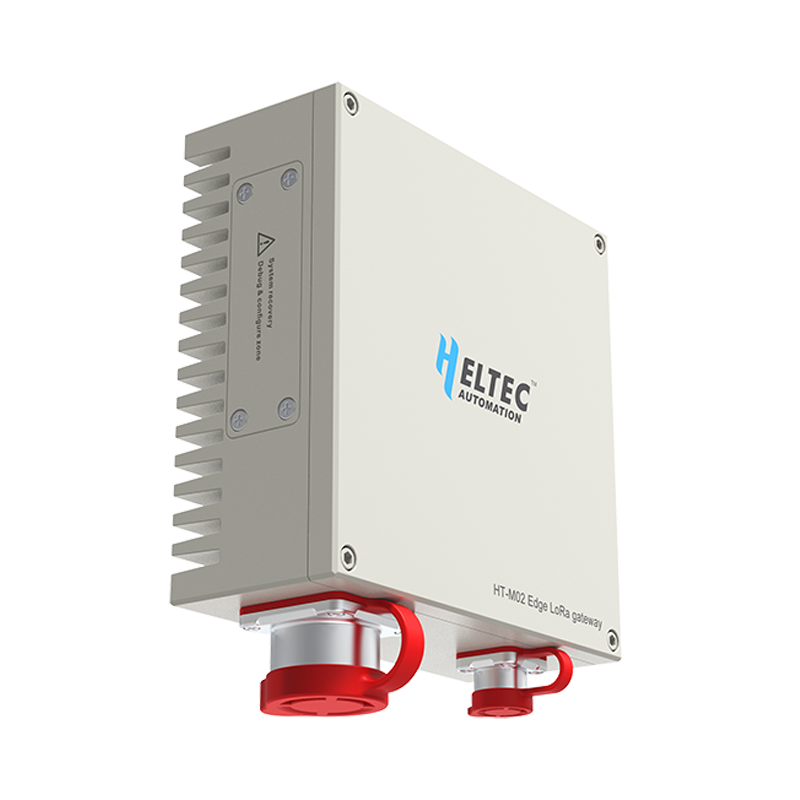
Reviews
There are no reviews yet.